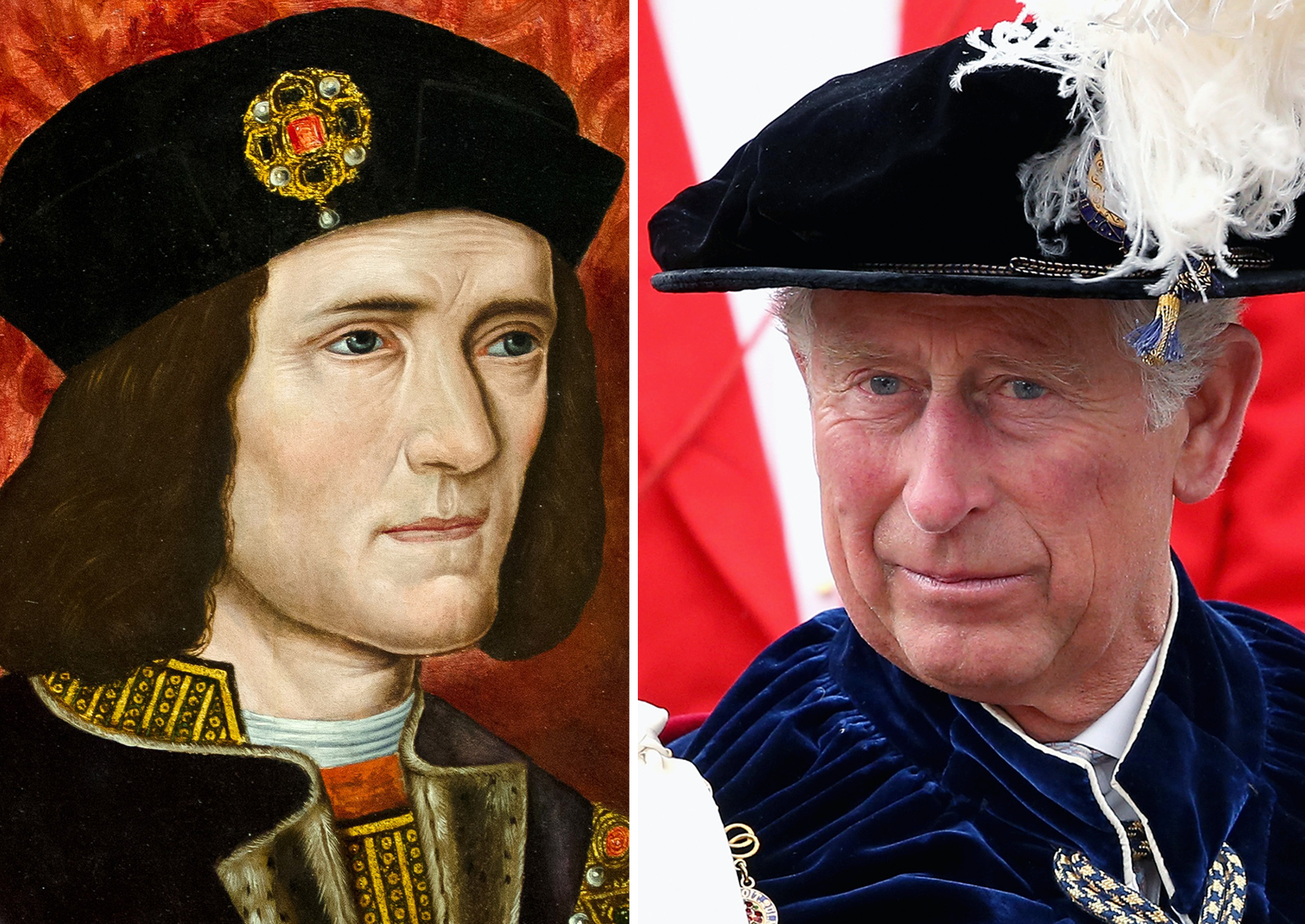One by one, the final remains of the British monarchy's power are being buried
Past and future kings are now where they should be – in the hands of the people


It was pure coincidence, of course, that the reburial of Richard III at Leicester Cathedral should take place on the same day, and practically the same hour, as the ruling from the Supreme Court that the letters of the future Charles III to ministers and others should be made public. Yet the conjunction of these two events, reflecting more than five centuries of almost continuous monarchy in England, was somehow telling: in what has been, what is to come, and how very much has changed in between, while also remaining the same.
For a country whose schools have in recent years so grievously neglected pre-20th century English history, the attention with which Britons of all estates followed the fate of Richard III’s bones after their discovery three years ago was almost touching. I don’t think it an exaggeration to observe that there was a feeling that something significant had been reclaimed; a gap filled in – even if most people had not been aware of such a gap until now.
There was, naturally, the element of curiosity, and the delight in surprise. It is not every day that the real bones of a real, and lost, one-time king are unearthed. We know, mostly, where our former monarchs are buried. There was the tragi-comic juxtaposition of royal remains and a 1960s car park. There was the sense, too, of a historical marker laid down: the last English king to die in battle; the last of the Plantagenets.
And then there was something that would have been impossible only a few years ago: certainty. DNA testing allowed the identification of the bones beyond doubt. There was no need for any leap of faith here; nothing of mysterious relics (often of suspect provenance), nothing of the Turin Shroud or splinters of the True Cross. Centuries might have intervened, but there was a certainty about this being Richard that could satisfy the sacred and the scientific alike and bring his biography right up to date.
Most "21st-century" perhaps were the quarrels – academic, emotional and often anachronistic – that the Richard III revival spawned. There were those who felt that he was an evil child-murderer who richly deserved his grisly end. There were those who felt that no human being, alive or dead, warranted such indignity as was shown to Richard after he fell. And there were those prepared to apply the modern Western canon more than half a millennium after the fact to ask what effect his disability might have had – not on his own psyche, but on how the public regarded him. And there were the revisionists, keen to point out that, as history is written by the victors, perhaps he was unjustly accused.
Most entertainingly, perhaps – at least for those of us far behind the sidelines – was the quarrel between Leicester and York (and a few other places as well) about where Richard should be buried. It was not quite a rejoining of the Wars of the Roses, but it showed that civic pride was alive and well, as was institutional rivalry – between universities and cathedrals – though it is worth noting that such rivalry is also about visitors and money.
For me, the reburial at Leicester was the right decision. York has more than its fair share of historical attractions; it was Leicester historians who found him and identified him and it was Leicester where he was first interred. What was wrong about this was not the place, but the manner unbefitting to a king. The historicism may be flawed, but it seems appropriate that a 15th-century Catholic monarch is re-committed to the ground 500 years later at a multi-faith service at an Anglican cathedral in one of the most diverse cities in Britain.
No wonder so many turned out, fascinated, to see and accompany the coffin. But not, it should be pointed out, the present monarch or her direct heirs. The Queen sent a letter of thanks, describing the reburial as “an act of great national and international significance”. Was it too great, and perhaps too risky for the House of Windsor in terms of resurrecting past clashes of royalty, religion and state?
And so to Prince Charles. The judgment handed down by the Supreme Court (in a 5-2 majority ruling) could be seen as the latest stage in the dismantling of both the power and the mystery of the modern monarchy. And even if it is not universally interpreted this way now, that could well be the verdict of history.
It further shrinks what remains of the British monarchy’s power because, in ruling that Charles’s “advocacy” letters can be made public, the court has placed itself above both the government of the day – it was rejecting an appeal by the Attorney General and the heir to the throne. It diminishes the mystery, because Charles has lost the confidentiality that was accorded to his personal correspondence with government ministers and other officials. The implication of the judgment is that the very 21st-century virtues of transparency and accountability apply to at least this part of the royal establishment, too.
True, the ruling was not quite as sweeping as headlines suggest. It applied to a limited number of so-called “advocacy” letters, from 2004 to 2005; not all future correspondence is covered. It is also open to the next Parliament to legislate, in effect, to overrule the court in the name of the people. It could do that if it thought that the ruling risked turning the king-in-waiting into an overtly political player – and that this was a bad thing.
If and when the letters are published, we can judge that danger – if it is a danger – for ourselves. For now, though, it should perhaps be enough that, in the space of a few hours, we were able to glimpse both the popular appeal of monarchy, as a link from the past to the present, and the constraints that make today’s particular form of monarchy still acceptable to modern Britain.

Join our commenting forum
Join thought-provoking conversations, follow other Independent readers and see their replies